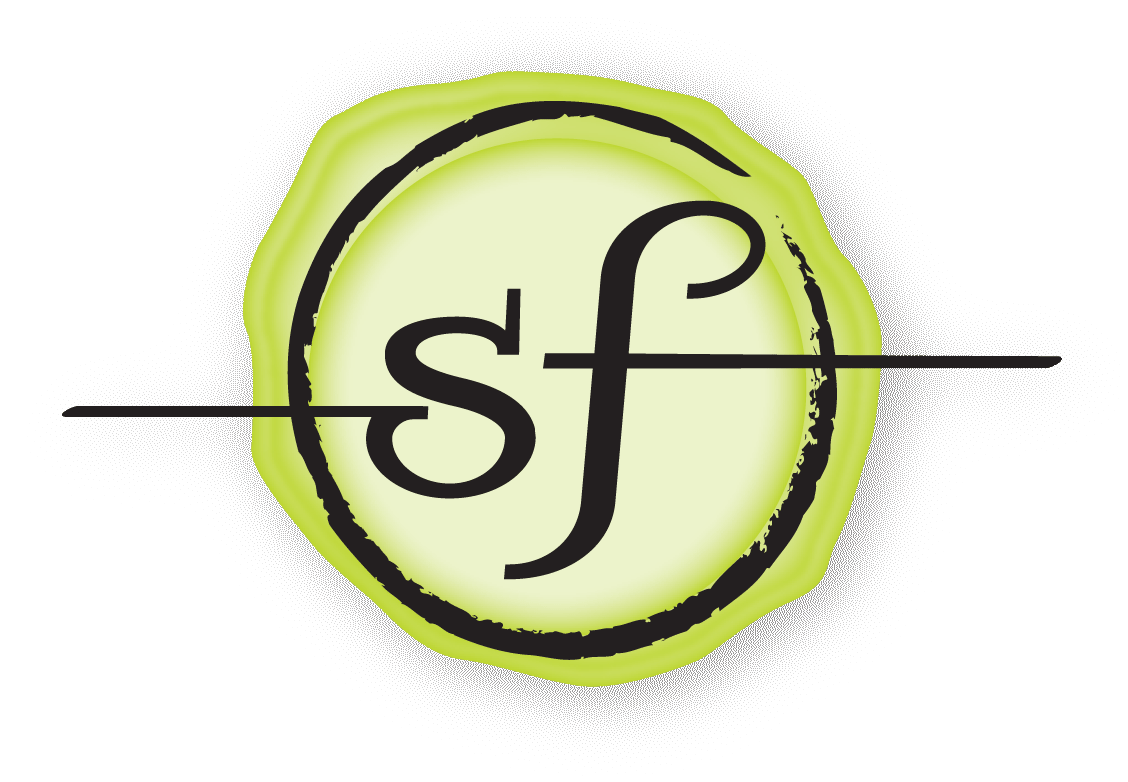In which I recount a rewarding year of public history work in the world
2018 was one of those years with a mind of its own. It was all I could do to hold on and enjoy its wild ride. The whole year felt like a flat-out sprint, but in the end, the year was full of fascinating work, travels, and appearances. So much happened, in fact, that I’ve decided to break my annual review into more than one post. Here, I touch on the various projects I’ve been involved with over the past twelve months.
Much of my work in 2018 centered on LGBTQ historic preservation. I completed a survey of potential National Historic Landmarks (NHLs) related to LGBTQ history in thirteen states (Connecticut, Delaware, Maine, Maryland, Massachusetts, New Hampshire, New Jersey, New York, Pennsylvania, Rhode Island, Vermont, Virginia, and West Virginia). This was an ambitious effort, and I couldn’t have done it without the assistance of two up-and-coming historians of sexuality: Andrew Clark-Huckstep and Hannah Fletcher Craddock.
Also related to the built environment, I performed deeper research on four properties in particular. This research resulted in NHL Briefing Statements for:
- Azurest South, the home of architect Amaza Lee Meredith and her partner Edna Meade Colson in Petersburg, VA
- The House of the Furies, a lesbian feminist collective in Washington, DC
- The offices of Gay Community News and Fag Rag in Boston, Massachussetts
- The home of African American education advocate Lucy Diggs Slowe, first Dean of Women at Howard University, and her partner, playwright Mary Burrill, also in Washington, DC
Spring 2018 saw me deep in research on the history student activism related to sexuality at Indiana University, a project funded by the Indiana University Bicentennial Initiative. Topics included advocacy for sex education at the university in the 1930s; issues surrounding female student curfews, visitation, and ability to leave campus in the 1940s through 1960s; student groups related to sexual freedom, LGBTQ identities, reproductive rights, and the prevention of sexual violence in the second half of the twentieth century; and the establishment in the 1990s of what is today known as the Indiana University LGBTQ+ Culture Center. In the short term, this material is being incorporated into curriculum at the university. Looking toward the future, I am pondering ways I might give these findings a broader audience. And, as with almost all my work, this was a team effort. The Indiana University Archives was a gold mine, and Hannah Fletcher Craddock once again assisted with identifying, sorting, and analyzing vast amounts of material.

Creative Commons Attribution-Share Alike License 3.0
https://commons.wikimedia.org/wiki/File:AzurestSouthView2.JPG
Within the editorial services side of my business, I had the distinct pleasure of editing and indexing a sure-to-be ground-breaking book in the public history field: Clio’s Foot Solders: Twentieth-Century U.S. Social Movements and Collective Memory, by Lara Kelland. Kelland’s work challenges our status-quo understandings of the origins of the field of public history and credits the work of identity politics movements of the 1960s and 1970s with changing the U.S. historical narrative. Elsewhere on the editing front, I continued my copyediting work for the American Association for State and Local History’s publication History News.
Amid all this other work, I had the bittersweet task of returning to my former employer, the Organization of American Historians (OAH), to assist the organization in the aftermath of the unexpected passing of my public history colleague Aidan Smith. Over the past eight months, I’ve worked to piece together the history and parameters of the various projects Aidan was working on; keep the OAH’s collaborative program with the National Park Service running; managed, to varying degrees, over eighty-five OAH-NPS projects; and help hire and train the new OAH public history team of Paul Zwirecki, who is now serving as OAH Public History Manager, and Derek Duquette, who is filling a new position as OAH Public History Program Associate. It was quite the unexpected adventure, and I hope I was able to make this hard transition a little smoother. The effort also enabled me to reconnect with more of the dedicated historians who work for the National Park Service and revisit some of the unique satisfactions that come from successfully managing a project. Returning temporarily to the public history department of the OAH reminded how much I enjoy historical project management, and I hope I will have the opportunity to put these skills to good use again soon.
